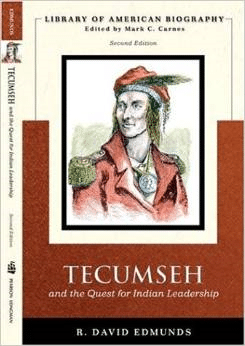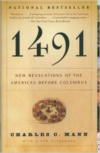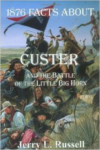Description
Tecumseh lived from 1768 to 1813. His father was Shawnee; his mother was Creek. He was raised among the Shawnees of Ohio. He came of age after the Revolutionary War, as the young United States expanded gradually but relentlessly beyond the Appalachians into Ohio, Kentucky, Indiana, and Illinois. The prototypical pretense for expansion was a treaty with this or that group of Indians whereby the U.S. gave them money and trade goods in exchange for the right to settle on a vast tract of land that in most cases the Indian group in question did not truly own, at least vis-…-vis all other Indians. Tecumseh was savvy enough to understand the mechanism of American expansion and that it represented a collective problem for Indians who were splintered into numerous tribal groups. So, around 1807, Tecumseh proposed and began to pursue a two-prong policy. First, explicit recognition that all remaining Indian lands (lands not already ceded to the U.S. by one or another treaty, however fraudulent) were owned by all Indians, so that any future transfers of Indian land to the Americans had to be approved by all Indians. In other words, individual tribes no longer had the right to sell what they claimed to be their tribal territory to the government. Second, to stand up to what was, after all, a large political entity that could field a formidable military force, the Indians needed to put aside tribal interests and enter into a pan-tribal confederacy that could operate both politically and militarily, a confederacy in which everyone would work for the benefit of all Indians. “Only a widespread confederacy under strong leadership could ever preserve the remaining Indian land-base.” For the last six years of his life, Tecumseh tried to be that leader and, along with his brother Tenskwatawa (“the Prophet”), tried to forge Indian unity. For a brief period, Tecumseh rallied a surprisingly large number of Indians of many different tribes to his vision. As an Indian leader, he was noted both by Indians and Whites for his integrity, his oratorical skills, his military leadership and courage, and his firm opposition to savagery against women, children, and prisoners. The War of 1812 at first appeared to be an advantageous development for Tecumseh and his pan-Indian cause, as he was able to join forces with the British who were fighting around the Great Lakes. But for the British it was only a marriage of convenience, not a matter of life and death, and ultimately they proved unwilling to fight as desperately as Tecumseh and his warriors. In October 1813, at the Battle of the Thames in what is now Ontario, the British ignominiously retreated, leaving Tecumseh and his warriors to be overrun by a much larger force under the command of William Henry Harrison. Tecumseh was killed. Some American soldiers claimed that the person who shot him was Richard Mentor Johnson. Whether true or not (history is uncertain), the incident helped Johnson achieve the Vice-Presidency of the United States under Martin van Buren, just as Harrison’s long-running and ultimately successful campaign against Tecumseh and the Indians eventually propelled him to the Presidency.






Reviews
There are no reviews yet.